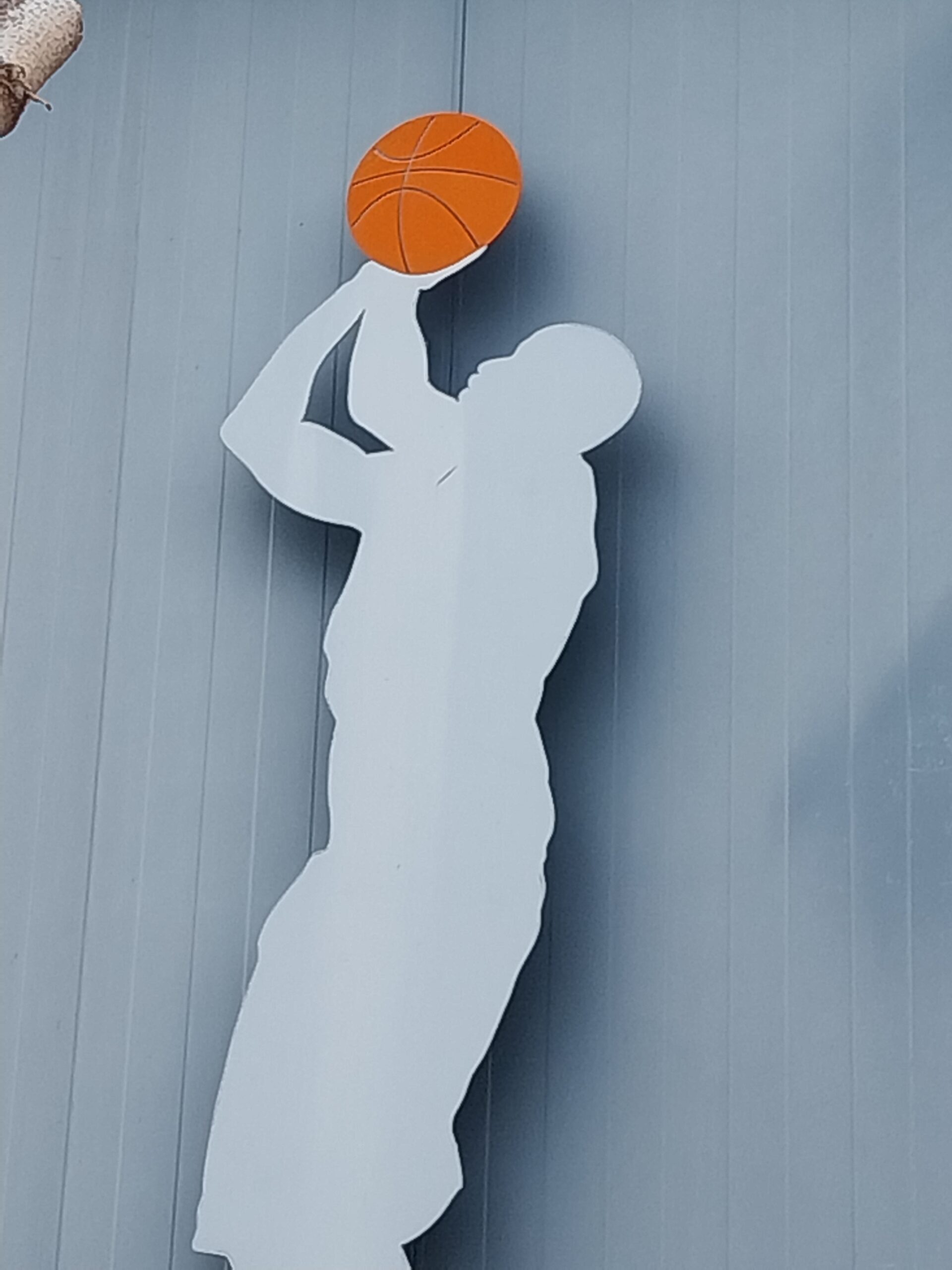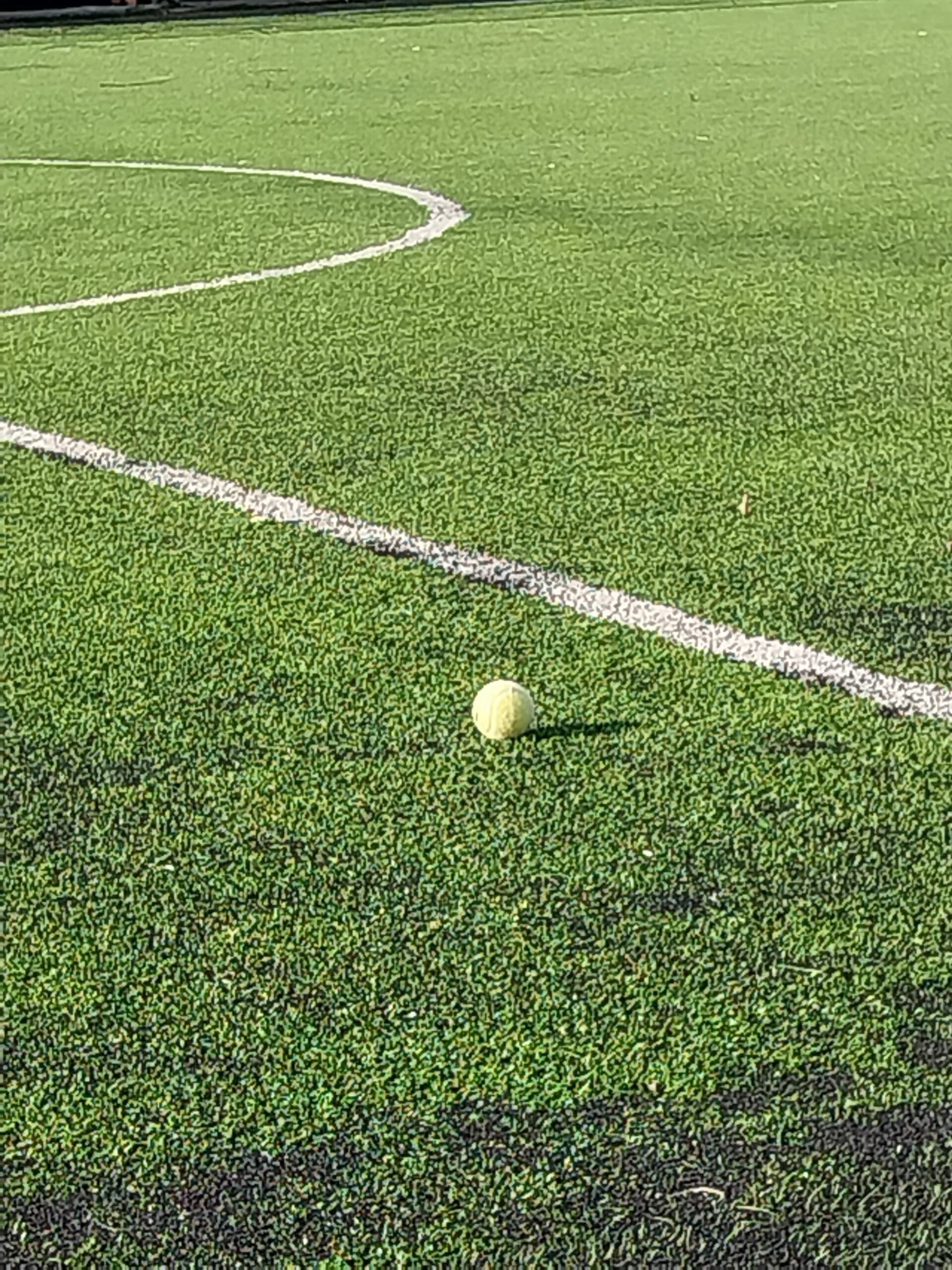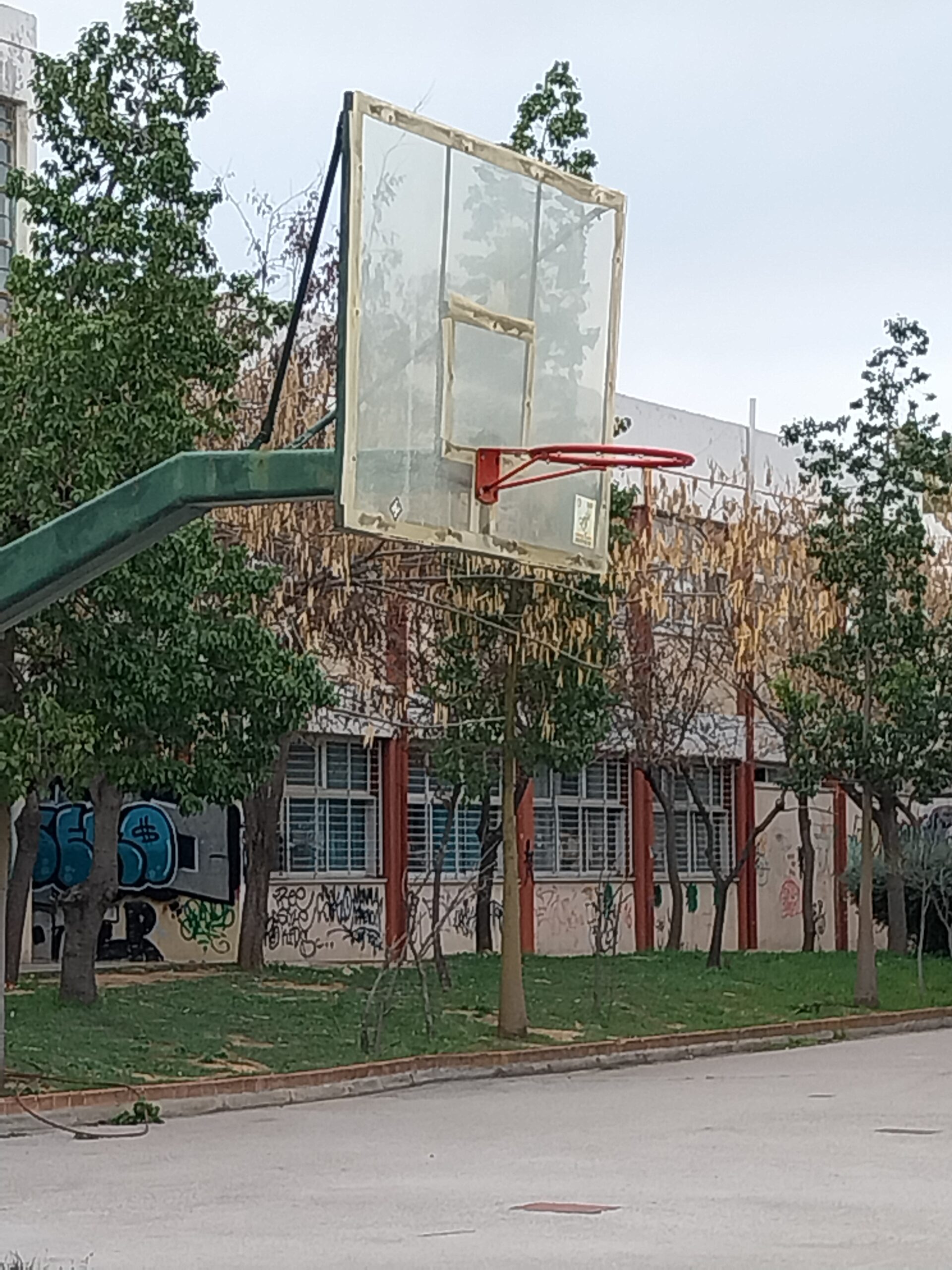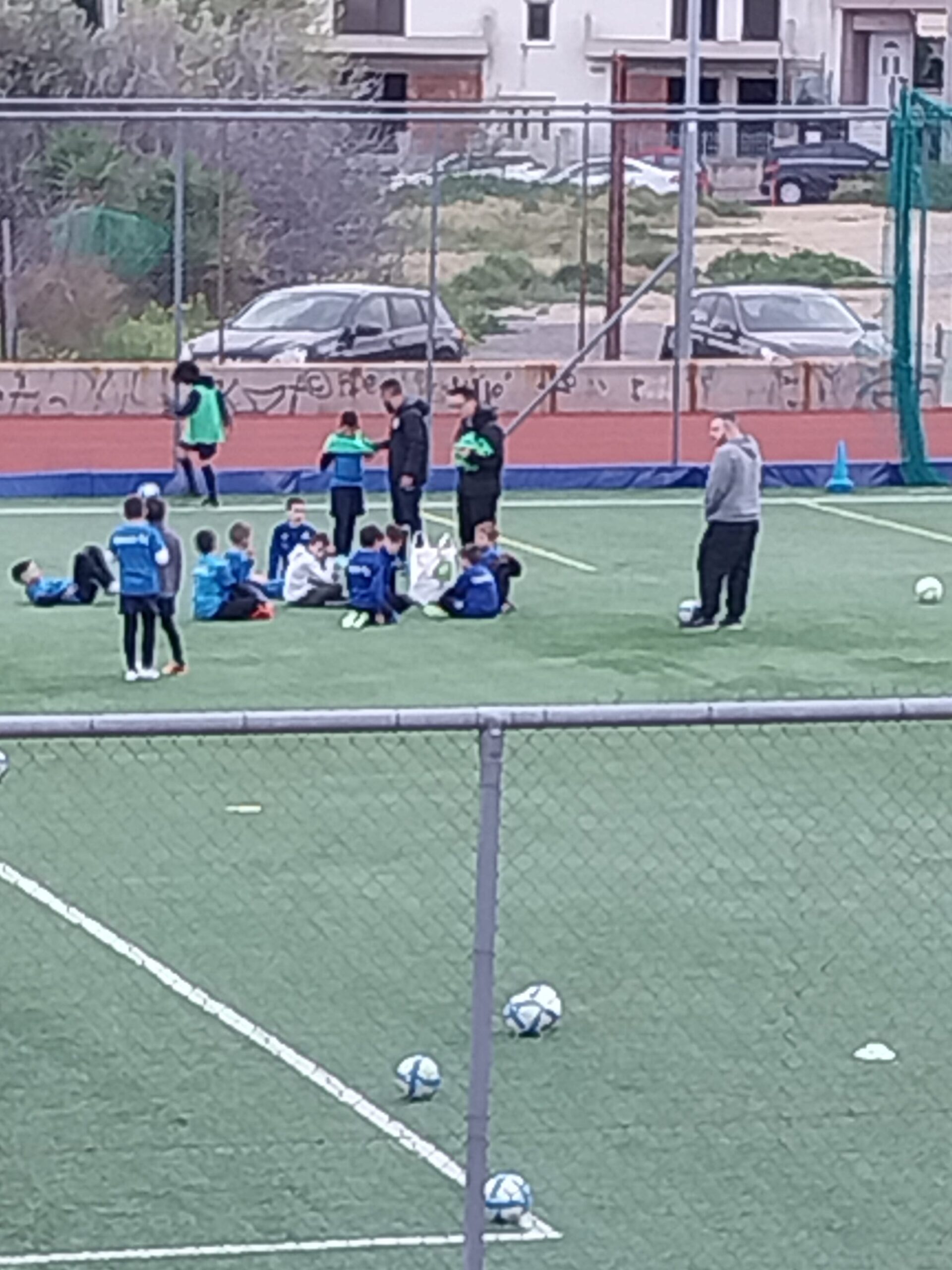By Aspasia Dania, PhD
Why do we play games? For starters, to have fun, to experience challenges, to try out new roles, to express feelings, to learn while escaping our comfort zone, to interact, to exercise, to learn a new skill, and for many other reasons. Games provide a safe environment in which to experience “uncomfortable” situations, especially when players and objects (such as balls, ropes, etc.) are combined in ways that facilitate positive, meaningful, and multi-layered interactions.
A physical education teacher or a coach might therefore ask: How can I design games that give my students agency and opportunities for meaningful engagement? How do I know that I am using the right game ‘narrative’? The answers to these questions are not so straightforward as they may seem. Meaningful play, as the underlying quality of a ‘good game narrative,’ includes engagement as processing (cognitive), regulating (emotional), moving in an embodied fashion (physical), and interacting efficiently (social). Throughout meaningful play, connections and linkages are made, and the game itself becomes an experience of the ‘narrative’ that may or may not sustain the effort of the players.
“Photovoice can allow teachers…to capture the essence of game play and make informed decisions on the qualities of a ‘good game narrative.”
Thus, prior to designing quality game narratives, documenting players’ efforts across the different levels of game engagement could be an interesting undertaking for teachers who wish to gain an understanding of the essence of meaningful play. As a participatory action research strategy, photovoice can be used as a tool for this purpose. By using a community-based approach, photovoice can allow teachers within communities of practice to capture the essence of game play and make informed decisions on the qualities of a ‘good game narrative’. Research shows that game interactions depend much on the way multiple constraints interweave and intersect to create a participatory culture of play and engagement. When we talk about constraints, we refer to those boundaries or features that shape player behavior, and result in the search for and development of stable motor, cognitive, and motivational strategies or patterns. The acquisition of these patterns is affected by the way game-player, game-environment, and game-task constraints interact (Newell 1986). Game-player constraints refer to players’ structural and functional characteristics (e.g., body structure, attention, motivation). Game-environment constraints refer to the physical as well as sociocultural properties of the context (e.g., norms and traditions), and task constraints relate to the goal of game, its rules, or equipment used during the learning experience. As such, even small changes to any of the above elements can lead to bigger and more dynamic changes in individual and social game patterns.
Within education, game-based learning is used as an authentic way for achieving multiple outcomes. Based on the underlying educational theory employed during game design, games may either be experienced as knowledge and skill accumulation or as identity formation.



Under the premises of behaviorist learning theories, games may be designed to challenge a limited set of choices that the learner has to respond to. For example, for novice learners who may have short attention spans, a game can be used as an activity to help them stay focused. When a constructivist perspective is used (e.g., game appreciation occurs as a result of collaborative knowledge production and skill practice), the game is set up with a focus on helping learners make decisions independently during action. In this case, selected game features and elements are combined in such a way as to make the game the object of reflection on experience, via problem-solving activities. Thus, learners will become more or less involved in positive or negative game experiences according to the ‘narrative’ used by the teacher for setting up the game.
What do we mean when we refer to the ‘narrative’ of the game? The game narrative can be summarized as the set of rules that are selected specifically for the purpose of creating the game context. Rules are the formal structure of the ‘narrative’, and their combination creates game schemas that identify each game. There are three types of rules within each game: operational, constitutive, and implicit. Operational Rules are the guidelines that players need to follow so that they can play the game. Constitutive Rules are the rules that players must learn to play wisely so as to be effective. Their modifications create different types of game experience. Implicit Rules refer to fair game play, encompassing the concepts of good sportsmanship, game ethics and proper game behavior.
In the following example of a physical-activity game called ‘the flying chicken’, we showcase the meaning and purpose of the three different types of rules used within the game.
Game: ‘The flying chicken’
Operational Rules (the following rules give directions about how the game is played and how scoring is achieved)
- The game is played with two groups (one group at bat and one group in the field) of participants (3 people per group). Participants set up four pylons in a diamond shape in the play area (three bases and a home plate). The group at bat lines up behind the first batter at home plate and the other group scatters in the field.
- The batter tosses the ‘chicken’ (e.g., foam ball, beanbag) with an overhand throw and immediately the batting group starts running together in a single line around the bases as many times as possible. The group scores a run for each participant who passes home plate.
- When the first participant in the fielding group reaches the chicken, he/she holds it up in the air so that all the other members can quickly form a line behind him/her. Once the fielding group is in a line, they pass the chicken along the line to one another using over-under passing (alternating over their head and through their legs). This pattern continues until the participant at the end of the line receives the chicken, runs to the front of the line, and yells “Stop!” at which point the batting team must cease running.
- The batting group has three turns at bat before they become the fielding group. In each turn a different person takes on the role of the batter.

narrative we created as a team.
Constitutive Rules (the following rules can be given as Open-Ended Questions or Guidelines by the teacher to help players understand how they can play the game wisely)
- Question: Why is it important for the batter to toss the ‘chicken’ with an overhand throw?
- Guideline: When you toss the ‘chicken’ with an overhand throw, it gets far so your team can score more runs before the other team calls ‘stop.’
- Question: What is the best way to retrieve the chicken as a fielding team once it is thrown into the play area?
- Guideline: All fielders need to scatter into the play area, and the player who is closest to the chicken must pick it up quickly where it drops so that the others can form a line behind him/her.
- Question: How can you stop batters from scoring runs once your fielding team has lined up behind the player with the chicken?
- Guideline: When you line up behind the player who has picked up the chicken, try to pass the chicken over-under as quickly as possible to the next group member so that you stop batters from scoring more runs.
Implicit Rules (the following rules-guidelines focus on fair play or democracy in action so that the overall game experience is equally valuable for all players)
- Remember that batters run in a line (one behind the other) and cannot overtake one another. If some of your teammates cannot run quickly, try to encourage and help them, but without pressuring them too much.
- When you line up as a fielding team, stand with your feet apart so that it is easier for you to pass the chicken under your legs.
- Teamwork is important, and all players work together to achieve their goal.
- Remember: everyone has the right to speak and make suggestions.
“Meaningful play is achieved when the game ‘narrative’ provides every player with the agency to make a (sufficiently) informed decision.”
Based on the ‘narrative’ of the game, players experience interaction as the consequences of their decisions and choices. Ultimately, meaningful play is achieved when the game ‘narrative’ provides every player with the agency to make a (sufficiently) informed decision. Agency may be either personal (e.g., opportunities for autonomy), proxy (e.g., opportunities for influencing others), or collective (e.g., opportunities for shared work via processes of distributed cognition).
As mentioned above, the qualitative research method known as photovoice “can allow teachers within communities of practice to capture the essence of game play and make informed decisions on the qualities of a ‘good game narrative’.” The following research questions are suggested as examples for initiating a photovoice project on the study of game narratives.
- What is useful and clear for each player when playing the game?
- What are the consequences of failure and risk-taking within the game?
- How do scaffolding, guidance, and feedback influence players’ in-game actions?
- How do challenge, curiosity, and fantasy relate to game competence and relatedness?
- What type of body movements and/or gestures are conductive to the flow of game experience?
By using questions like those outlined above, the different qualities of a good game narrative can be explored within and/or between a variety of game categories, such as physical-activity games, sport games, traditional games, gamified activities, and creative gameplay.
For example, photovoice can be used by teachers as a tool to facilitate students’ in-game understanding and actions. In this case, a teacher may divide students into groups of four, with one of them being on camera, and the other three following some general guidelines to develop their own game and start playing it. The teacher may ask the different groups to invent a game between three people and have the fourth one photograph it. Afterwards, each group may come back to present their game in class. The other groups comment on each game’s rules and the way the game narrative facilitates player actions and in-game engagement (e.g., cognitive, physical, socio-emotional).
Photovoice can also be used as a type of game itself to help coaches and physical education teachers learn how to design game narratives that sustain player effort and development. For example, a photovoice project can be used as a tool to raise junior level coaches’ awareness about the narrative of cooperative games and their impact on young athlete development. Coaches can be asked to take photos of their training sessions with young athletes, photographing scenes that highlight gameplay aspects such as:
- Behaviors or skills that show player engagement.
- Type of motivation demonstrated during game situations.
- Social behavior patterns.
- Actions that show adherence to the rules with game sense.
- Elements of unprescribed adaptations within the game.
- Examples of players taking on leadership roles.
Afterwards, instructors may use the photos as reference material to gather or formulate new insights concerning the qualities of a good game narrative, one that is appropriate for their young athletes’ abilities and needs. For example, coaches may work with the pictures to examine whether and how individual effort and perseverance are connected to players’ pleasure and game engagement. They may also discover the optimal level of challenge within different game situations and discuss the amount of information needed to sustain challenging but achievable goals for all players. Finally, they may examine whether and how the games exhibited in the photos seem relevant to the interests of their group, so that they can suggest modifications to players’ roles and make the game experience distinct and recognizable by everyone.
Either identified as the experience of enjoyment that comes through the process of interaction, or as the object (material or not) of this process (e.g., achieving a learning goal), games provide experiences that are meaningful and authentic. By using a community-based approach, photovoice can be used as an effective tool for capturing and communicating the game narrative and the way that it mediates the overall game experience. Future photovoice projects can be used by researchers and practitioners in the field of game-based education to inform policy and advocate for new understandings surrounding physical activity and social and emotional learning during game play.

Dr. Aspasia Dania (PhD), is an Assistant Professor and researcher at the School of Physical Education and Sport Science, National and Kapodistrian University of Athens, Greece. She teaches Sport Pedagogy and Teaching in Physical Education at an undergraduate and post graduate level. Her research interests focus on Physical Education Teacher Education, game-based learning, professional development of teachers and coaches, qualitative research methods, and curriculum planning, all with a focus on equity, equality, diversity, and inclusion. Dr. Dania has taken Photovoice-Worldwide’s Talking with Pictures: Photovoice course.
